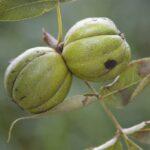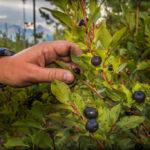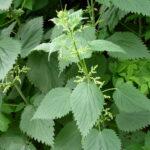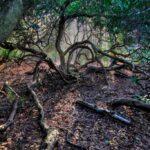Foraging for wild fruits is a wonderful way to connect with nature and enjoy the bounty of the forest. Not only are these fruits free and readily available, they are also incredibly nutritious, offering a variety of vitamins, minerals, and antioxidants. In this guide, we’ll explore some of the most common and delicious edible fruits you can forage in the wild.
Foraging for Wild Edible Fruits
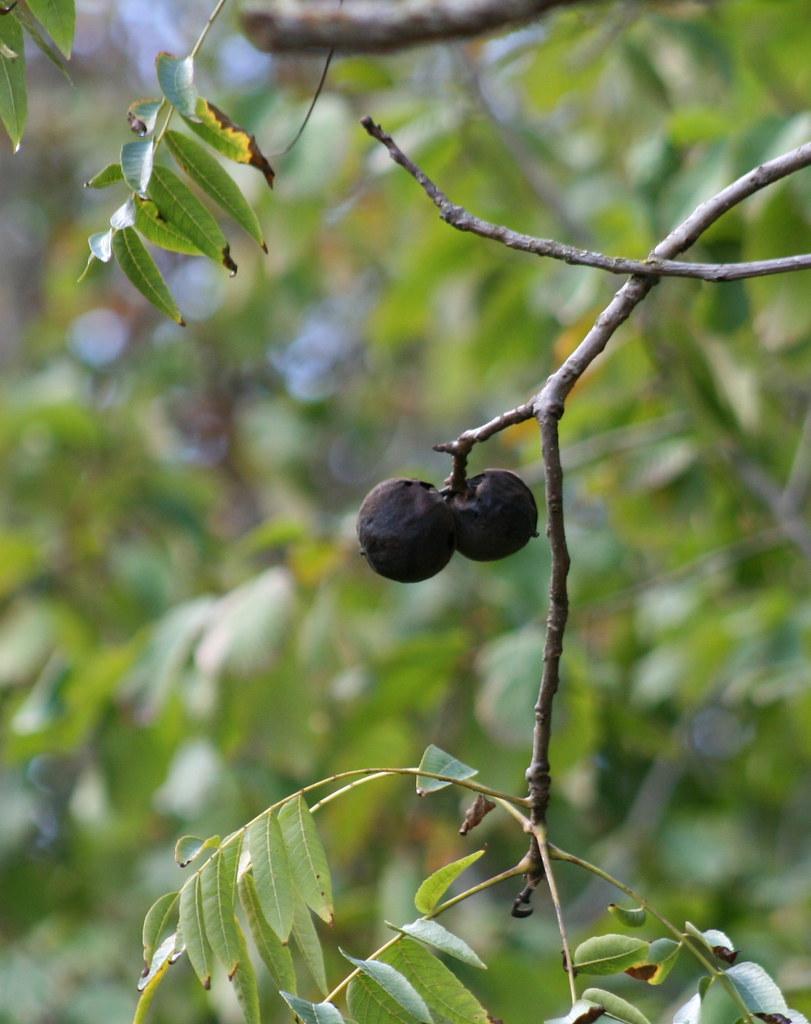
- Blackberries: Blackberries are a staple of many wild fruit foragers. They are easy to identify, with their juicy black berries growing in clusters on thorny bushes. They can be found in open fields, along roadsides, and in wooded areas throughout the United States. Blackberries are high in vitamin C and fiber, making them a great snack to munch on during a foraging trip.
- Raspberries: Like blackberries, raspberries are another wild fruit that is widely available in North America. They are smaller and sweeter than blackberries, and have a delicate flavor that makes them perfect for eating fresh or cooking into jams, jellies, and baked goods. Raspberries are also a great source of antioxidants, making them a nutritious addition to any diet.
- Mulberries: Mulberries are a fruit that is often overlooked, but they are a valuable find for wild fruit foragers. These berries grow on large trees and can be found in a variety of habitats, including forests, parks, and even along urban streets. Mulberries are soft and juicy, with a sweet and slightly tart flavor that makes them ideal for eating fresh or using in cooking.
- Elderberries: Elderberries are small, dark berries that grow on large shrubs or small trees. They are found throughout North America and Europe, and are a staple in many traditional foraging cultures. Elderberries are high in vitamins and antioxidants, and are often used to make syrups, teas, and other medicinal remedies.
- Gooseberries: Gooseberries are tart berries that grow on shrubs and small bushes. They are found in wooded areas and along roadsides throughout the United States and Europe. Gooseberries are often used in pies, jams, and other baked goods, as well as being a popular ingredient in wine and brandy production.
- Wild Strawberries: Wild strawberries are small, sweet, and incredibly flavorful, making them a favorite of many wild fruit foragers. These strawberries are found in open fields, along roadsides, and in other sunny areas throughout North America and Europe. They are a great source of vitamin C and antioxidants, making them a nutritious addition to any diet.
- Serviceberries: Serviceberries are small, tart berries that grow on shrubs and small trees. They are found throughout North America and Europe, and are a staple in many wild fruit foraging traditions. Serviceberries are often used in pies, jams, and jellies, and are also a popular ingredient in traditional Native American cuisine.
Foraging for wild fruits is a great way to enjoy the bounty of nature while also promoting sustainability and reducing your carbon footprint. However, it’s important to follow some basic guidelines to ensure that you are harvesting these fruits in a responsible and sustainable manner. Here are a few tips to help you get started:
- Always check for local laws and regulations before foraging. Some areas may have restrictions on wild fruit harvesting, so it’s important to check with local authorities before heading out.
- Only harvest what you need. Over-harvesting can harm the local ecosystem and reduce the availability of wild fruits for future generations.
- Make sure you can properly identify the fruit before harvesting it. Some wild fruits can be toxic, so it’s important to have a good understanding of their appearance and characteristics. Consider taking a foraging class or investing in a guidebook to help you identify different wild fruits.
- Respect the habitat. When foraging for wild fruits, be mindful of the environment around you. Avoid trampling on delicate plant life and try to leave the area as you found it.
By following these guidelines, you can enjoy the many benefits of foraging for wild fruits while also promoting sustainability and preserving the natural environment. So next time you’re out in the forest, keep your eyes peeled for these delicious and nutritious wild fruits!
Keywords: foraging, wild fruits, sustainability, nutrition, blackberries, raspberries, mulberries, elderberries, gooseberries, wild strawberries, serviceberries, responsible harvesting, guide to foraging, wild edible fruits, guide to wild edible fruits, wild edible fruits guide, list of wild edible fruits, kinds of wild edible fruits, wild edible fruits list, foraging for wild edible fruits
Check out our Novel Writing Workbooks
Check out Little Tree Food Forest for articles on food forests and homesteading.
Check out FoodieScapes for articles on growing, fermenting and preserving food
Check out StoryScapes.World for articles on writing.
Subscribe to our newsletter to get information delivered to your inbox on edible landscaping, growing food and medicinal plants, growing mushrooms, foraging, fermentation, food preservation, raising small livestock, and more.








